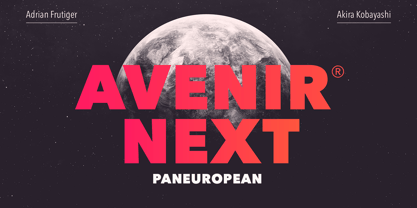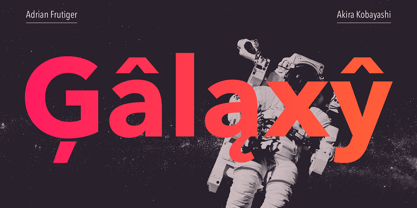Avenir Next Paneuropean Condensed UltraLight
Avenir Next Paneuropean Condensed UltraLight Italic
Avenir Next Paneuropean Condensed Thin
Avenir Next Paneuropean Condensed Thin Italic
Avenir Next Paneuropean Condensed Light
Avenir Next Paneuropean Condensed Light Italic
Avenir Next Paneuropean Condensed
Avenir Next Paneuropean Condensed Italic
Avenir Next Paneuropean Condensed Medium
Avenir Next Paneuropean Condensed Medium Italic
Avenir Next Paneuropean Condensed Demi
Avenir Next Paneuropean Condensed Demi Italic
Avenir Next Paneuropean Condensed Bold
Avenir Next Paneuropean Condensed Bold Italic
Avenir Next Paneuropean Condensed ExtraBold
Avenir Next Paneuropean Condensed ExtraBold Italic
Avenir Next Paneuropean Condensed Black
Avenir Next Paneuropean Condensed Black Italic
Avenir Next Paneuropean Condensed Heavy
Avenir Next Paneuropean Condensed Heavy Italic
Avenir Next Paneuropean Ultra Light
Avenir Next Paneuropean Ultra Light Italic
Avenir Next Paneuropean Thin
Avenir Next Paneuropean Thin Italic
Avenir Next Paneuropean Light
Avenir Next Paneuropean Light Italic
Avenir Next Paneuropean Regular
Avenir Next Paneuropean Italic
Avenir Next Paneuropean Medium
Avenir Next Paneuropean Medium Italic
Avenir Next Paneuropean Demi
Avenir Next Paneuropean Demi Italic
Avenir Next Paneuropean Bold
Avenir Next Paneuropean Bold Italic
Avenir Next Paneuropean Heavy
Avenir Next Paneuropean Heavy Italic
Avenir Next Paneuropean SemiCondensed UltraLight
Avenir Next Paneuropean SemiCondensed UltraLight Italic
Avenir Next Paneuropean SemiCondensed Thin
Avenir Next Paneuropean SemiCondensed Thin Italic
Avenir Next Paneuropean SemiCondensed Light
Avenir Next Paneuropean SemiCondensed Light Italic
Avenir Next Paneuropean SemiCondensed
Avenir Next Paneuropean SemiCondensed Italic
Avenir Next Paneuropean SemiCondensed Medium
Avenir Next Paneuropean SemiCondensed Medium Italic
Avenir Next Paneuropean SemiCondensed Demi
Avenir Next Paneuropean SemiCondensed DmItalic
Avenir Next Paneuropean SemiCondensed Bold
Avenir Next Paneuropean SemiCondensed Bold Italic
Avenir Next Paneuropean SemiCondensed ExtraBold
Avenir Next Paneuropean SemiCondensed ExtraBold Italic
Avenir Next Paneuropean SemiCondensed Black
Avenir Next Paneuropean SemiCondensed Black Italic
Avenir Next Paneuropean SemiCondensed Heavy
Avenir Next Paneuropean SemiCondensed Heavy Italic





